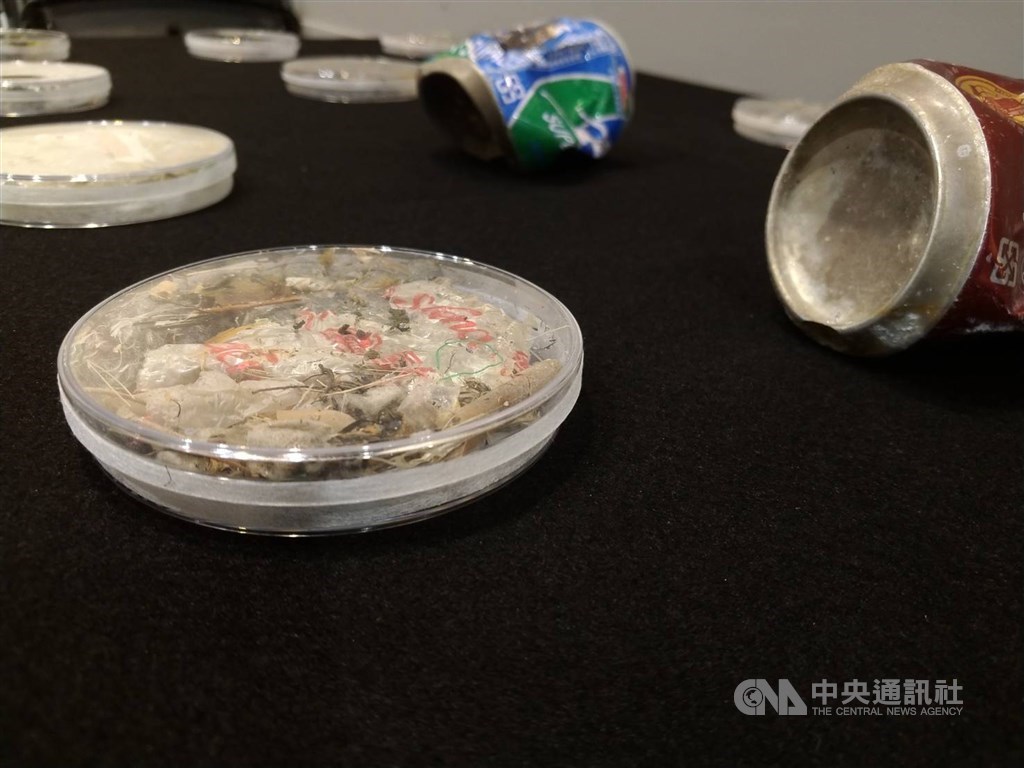Trash on ocean floor near Taiwan 1.5 times global average: study
Taipei, Oct. 20 (CNA) The amount of trash found on the ocean floor off the western coast of Taiwan is 1.5 times higher than the global average, and notably greater than that found near Japan, South Korea and China, an environmental consultancy group said Tuesday.
In a year-long study from September 2019 to August this year, the first ever to analyze trash found on the ocean floor near Taiwan, IndigoWaters collected 6,000 samples from near the mouths of eight rivers in western Taiwan.
Of the samples, 83.3 percent were found to contain trash, the group said.
Nearly 60 percent of the trash the group found was textiles, which they said could be from fish nets or bags that used to contain rice or animal feed.
Another 30 percent was plastic film, which had probably been used for packaging, the group said.
Based on the samples collected, the group estimated there are over 120,000 pieces of trash per square kilometer on the ocean floor off Taiwan’s west coast, which is the equivalent of about 102 kg.
According to IndigoWaters, this is a significantly higher level of trash than that found by similar studies conducted in other east Asian countries. Researchers previously found 66.6 kg of trash per square kilometer near Tokyo, Japan, 31-73 kg around South Korea, and 15.9 kg off the coast of China.
The figures for Taiwan also amounted to 1.5 times the global average, which is about 70 kg per square kilometer, the group said.
Of the different locations where the group collected samples, the dirtiest was the mouth of Tamsui River, which runs through the Greater Taipei area.
The amount of trash in that area is estimated to be about 2.68 million pieces per square kilometer and weigh up to 6,292 kg, the study showed, which is nearly 90 times the global average.

According to Indigo’s CEO Yen Ning (顏寧), about 94 percent of trash that enters the ocean ends up sinking to the ocean floor, and the distribution is extremely uneven. This is because trash is usually heavy and so tends to end up near the coast of the country where it originates, Yen said.
Fang Lee-shing (方力行), an oceanology professor at Cheng Shiu University who worked on the study with IndigoWaters, said that the trash accumulating at the bottom of the ocean definitely poses a risk to sealife, especially fish and shrimp which feed on organisms that live on the ocean floor.
Although this trash is in a place humans can’t easily see, “it will definitely come back to haunt us,” Fang said.


